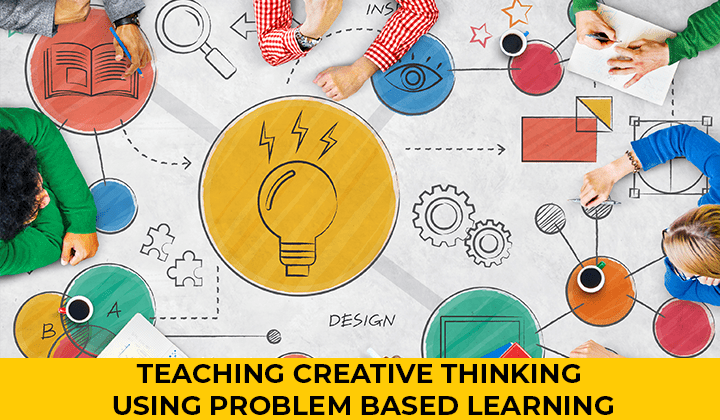As students attempt their 10th boards exams and are in the process of joining a Junior college i.e. 11th standard, the question of career aspirations start cropping up. As one decides to pursue a career in creative fields like- Arts, design, architecture, commercial arts, the second question which pops up is “How to prepare for the course?, What entrance exams should be given??, What Classes to be joined?? etc.”
Till 12th standard, the mind is so professionally trained to follow rules/ study in a particular pattern that breaking the stereotype and letting mind think freely, creatively becomes a task as one dreams of career in creativity. Thus we at IID, understand the importance of breaking away from systematic process of learning and help students unlearn a bit in order to understand and develop creative thinking abilities in better way. Students learn and develop creative side gradually and easily if their mind is opened up to open-ended nature of assignments and activities. Rather than relying exclusively on the traditional lecture method Problem-based learning and exploration allows students to develop their problem solving skills along with other skills necessary for developing their thinking abilities which help them ahead with various life situations.We believe in providing an alternative and effective way to introduce, discuss unlearn certain things which they think is the way to take it up, learning by experimenting about a given (creativity) topic or concept.
Facilitated learning about a given creativity issue or exercise to be done, raised the level and quality of student participation, and made the course more enjoyable for the students.
To foster a healthy creative mind, we make sure that certain steps are followed in random order,depending on the topic taken up. Few of the steps are as follows:
1. Introduction to question- Discussing what each individual has understood. Discussing probable issues, concerns and ideas revolving around the topic given as question. This discussion helps students break the question in bits and pieces and understand better.
2. Visualization & Creativity- Interpreting the probable solutions separately, so as a class we have a set of 30/40 probable solutions to the same given set of questions. This exercise helps the students understand various views on same problem, help them understand each other better through the design interventions that they do as a part to whole.
3. Mental Barriers- Understanding what holds back a person is very important because it acts as a barrier in letting out creativity. Thus drawing/ putting out ideas on paper in any form helps release the mental pressure/ barriers. Opening up to new ways of processing your thoughts – is what helps students destroy their own mental barriers.
4. The Creative Process- The step taken to reach the final product is very important . the design development is a process which must not stop even after the end product is achieved. During the course of reaching the end product students learn to start from scratch, work, rework, find alternative ways to solve the same issue, use different materials for same product. The process of developing the end product should be enjoyed, rather than the developed product. Hence at IID we do let the student explore various mediums, without any limitation to reach the final product.
5. Idea Generation – The seed , which helps take design in correct direction is very important. Thus we focus in depth on idea generation. A concept is very important aspect of development. Stages of development happen slowly and stepwise once a good idea is germinated and thus the design starts taking shape. Idea may be absolutely anything-related, not related to the topic given, but what has prompted the student to take up that idea, how it can develop into full fledged product, what are the pros- cons of the design are discussed in depth. Thus this way we push them towards reinventing their own thoughts before reaching the final design/ drawing or product.
6. Idea Evaluation- Evaluation criteria's are different for different problems given. Few of evaluation techniques that we experiment at IID are-evaluation of each others work. Self assessment and evaluation is easier way, but evaluating and understand others work is very important aspect of overall development. Thus analyzing critically, discussing others work is important factor at our institute.
7. Probable solution– As mentioned earlier design process is more important than probable solution. Thus while working in stages we help develop the drawing/ design in such a way that students reach a solution. It might be tangible or intangible. But developing probable solutions help them reach the final outcome.
Thus by following above few steps we help in opening out the creative minds of students and hence they learn a few things, mentioned below:
1. They learn and develop problem solving skills
2. The exercises at IID promotes imagination
3. Thus they are able to define a problem and identify solutions
4. They understand the process of design development
5. they also learn from the experiences of other students.
Few group and individual activities carried out at IID are as follows:




For more details visit our Website or call on 8888971719












